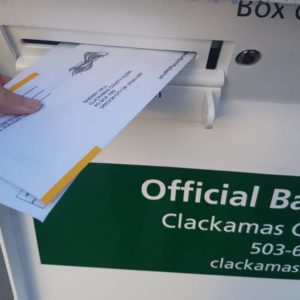
BIA’s Tribal Resilience Program
Solicitation Opportunity Number: BIA-TRP2020-0001
Grant application packages must be submitted to the BIA Tribal Resilience Program Office no later than 5:00 pm Alaska Daylight Time, March 2, 2020.
BIA’s Tribal Resilience Program recently announced its Annual Funding Solicitation, with funding available for Tribal resiliency programs.
Funding is available for several categories of funding. This includes:
- Adaptation Planning
- Ocean and Coastal Planning
- Capacity Building
- Relocation, Managed Retreat, and Protect-in-Place Planning for coastal and riverine communities
BIA held a webinar to go over the program and the presentation material including the recording of the webinar are posted on the Institute for Tribal Environmental Professionals’ Tribes & Climate Change Program website.
Learn more and watch the webinar here: http://www7.nau.edu/itep/main/tcc/Training/Webinars_2020
Find all the details about the BIA Announcement and requirements for the application here: https://www.bia.gov/bia/ots/tribal-resilience-program



